In the world of manga and anime, there are certain works that stand out as groundbreaking, iconic, and timeless. “Akira,” created by Katsuhiro Otomo, is undeniably one of those works. This manga, which was first serialized from 1982 to 1990, not only redefined the cyberpunk genre but also introduced Japanese manga to a global audience. In this article, we will look into the world of “Akira” and explore why it remains a seminal work in the history of manga.
The Birth of Cyberpunk
“Akira” is set in a dystopian, post-apocalyptic Tokyo known as Neo-Tokyo, a city rebuilt after a catastrophic event that destroyed the original Tokyo. The story begins with a motorcycle gang led by Kaneda and his friend Tetsuo. Their lives take a dramatic turn when Tetsuo gains psychic abilities after a motorcycle accident. As Tetsuo’s powers grow, he becomes a target of government experimentation and control.
Katsuhiro Otomo’s storytelling is nothing short of mesmerizing. He weaves intricate character arcs, political intrigue, and cosmic horror into a narrative that explores the dangers of unchecked power, the consequences of scientific experimentation, and the ever-escalating cycle of violence. “Akira” digs deep into the human psyche, offering a chilling look at the darkest aspects of humanity.
The Art of “Akira”
One of the defining features of “Akira” is its exceptional artwork. Otomo’s meticulous attention to detail and his ability to convey the sprawling, neon-lit cityscape of Neo-Tokyo make the manga visually stunning. The action sequences are masterfully choreographed, with a dynamic and cinematic quality that was ahead of its time.
Character designs are also a highlight, with each character possessing a distinct and memorable appearance. The facial expressions, body language, and physical transformation of Tetsuo as he grapples with his newfound abilities are particularly noteworthy.
The Main Characters
“Akira” features a cast of complex and memorable characters who play significant roles in the unfolding story of Neo-Tokyo and the mysteries surrounding the titular character, Akira. Here are some of the main characters:
- Kaneda Shōtarō: Kaneda is the primary protagonist of the story. He is a member of a motorcycle gang known as the Capsules. Kaneda is initially portrayed as a brash and impulsive youth who becomes entangled in the government’s experiments involving psychic powers. Over the course of the story, he undergoes significant character development.
- Tetsuo Shima: Tetsuo is Kaneda’s best friend and a fellow member of the Capsules. He possesses latent psychic abilities that are awakened after a motorcycle accident. As his powers grow, Tetsuo becomes increasingly unstable and megalomaniacal, making him a central figure in the plot.
- Colonel Shikishima: Colonel Shikishima is a high-ranking officer in the government and is responsible for overseeing the research related to psychic powers, including Akira. He is a stoic and enigmatic character who is determined to maintain control over the potentially cataclysmic events unfolding in Neo-Tokyo.
- Kei: Kei is a revolutionary and political activist who becomes involved with Kaneda and Tetsuo. She is a resourceful and skilled fighter, and her character represents resistance against the oppressive government regime.
- Doctor Onishi: Doctor Onishi is a scientist working for the government who plays a key role in researching psychic abilities. He is fascinated by Tetsuo’s powers and is responsible for studying and experimenting on him.
- Akira: The eponymous character, Akira, is a mysterious and immensely powerful psychic entity whose awakening triggers the apocalyptic events in Neo-Tokyo. Despite being a central figure in the story, Akira’s presence is largely enigmatic and symbolic.
- Lady Miyako: Lady Miyako is a spiritual leader and a psychic herself. She resides in the ruins of the original Tokyo and becomes a mentor figure to Kei. Her character is associated with spiritual and metaphysical elements in the story.
- Kaisuke: Kaisuke is another member of Kaneda’s motorcycle gang, the Capsules. He is loyal to Kaneda and gets caught up in the unfolding events of Neo-Tokyo.
- Yamagata: Yamagata is another member of the Capsules and is known for his calm and level-headed demeanor. He, too, becomes involved in the conflicts of Neo-Tokyo.
These characters, along with others, contribute to the intricate and multifaceted narrative of “Akira.” As the story unfolds, their motivations, relationships, and character arcs play a pivotal role in exploring themes of power, identity, and the consequences of scientific experimentation in a dystopian world.
Global Impact and Adaptations
The global impact of “Akira” cannot be overstated. The manga’s influence on the cyberpunk genre, both in Japan and internationally, is immeasurable. It introduced readers to a new vision of the future, one marked by urban decay, advanced technology, and psychic phenomena.
The success of “Akira” led to the creation of an animated film adaptation released in 1988, also directed by Otomo. The film further solidified the franchise’s place in pop culture and introduced “Akira” to audiences around the world.
“Akira” Today
Decades after its initial publication, “Akira” remains a beloved and respected work. Its themes of power, corruption, and the indomitable human spirit continue to resonate with readers. The manga’s exploration of a society on the brink of collapse, coupled with its stunning artwork, make it a must-read for fans of both manga and science fiction.
“Akira” stands as a testament to the power of manga to push artistic boundaries and explore complex themes. Katsuhiro Otomo’s magnum opus has left an indelible mark on the world of manga, anime, and science fiction. Its legacy endures through its continued popularity, critical acclaim, and its role in inspiring subsequent generations of creators. As long as readers are drawn to stories of dystopian futures and the human condition, “Akira” will continue to be an essential and timeless work in the medium of manga.

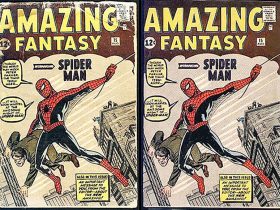
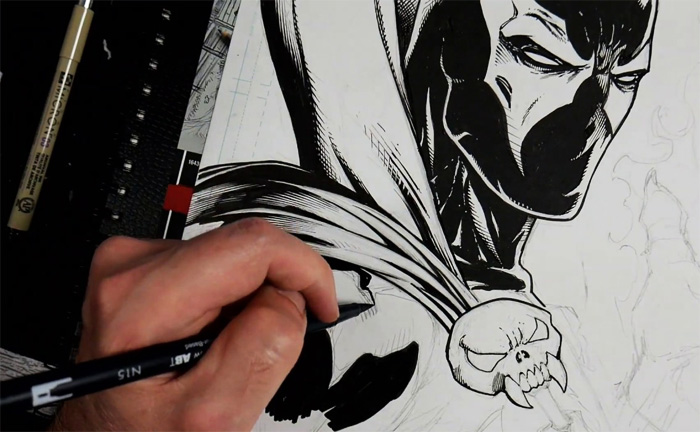
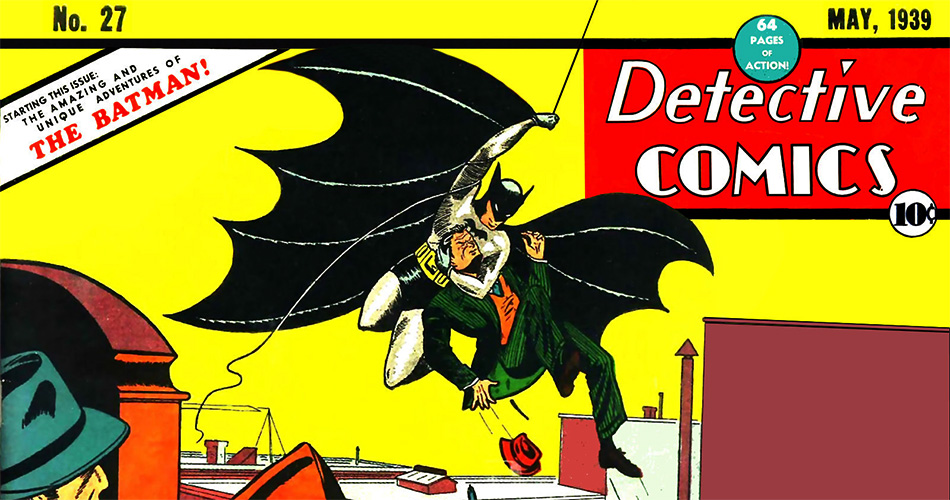
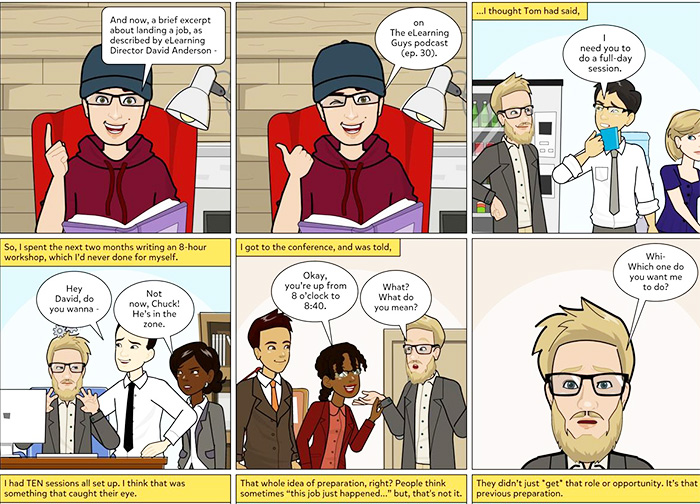

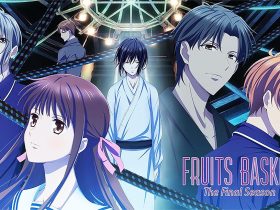
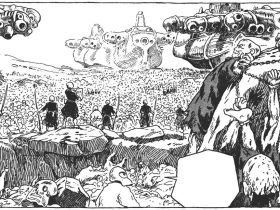
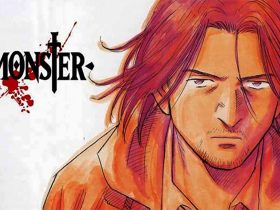
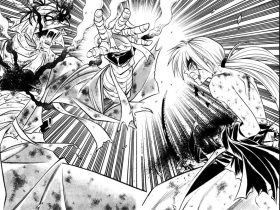
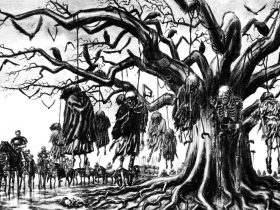
Leave a Reply